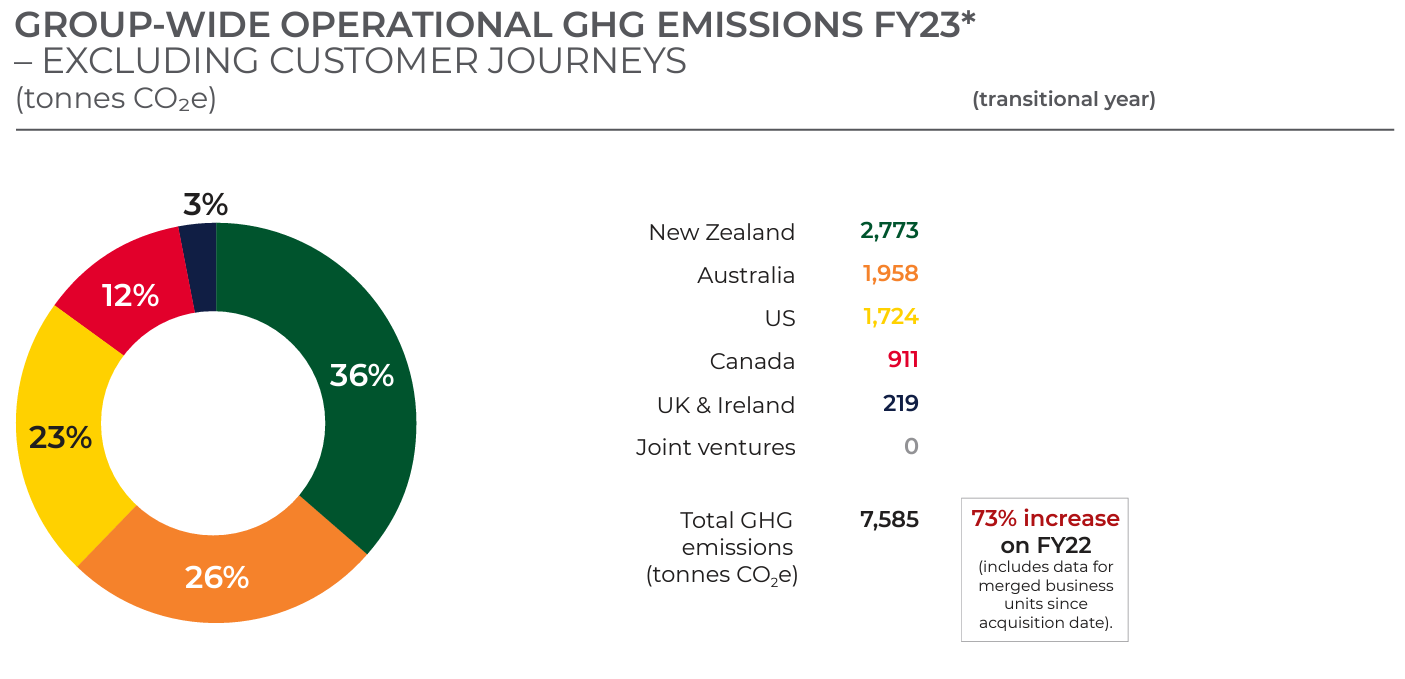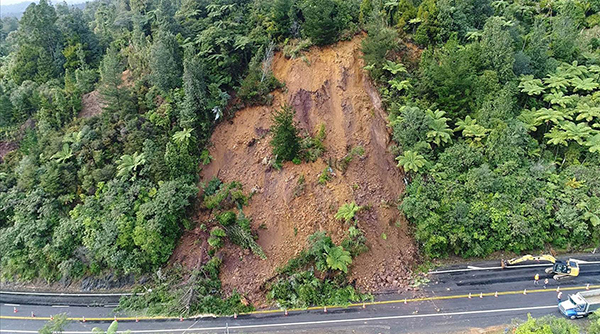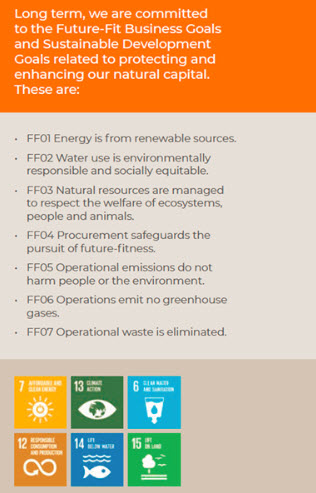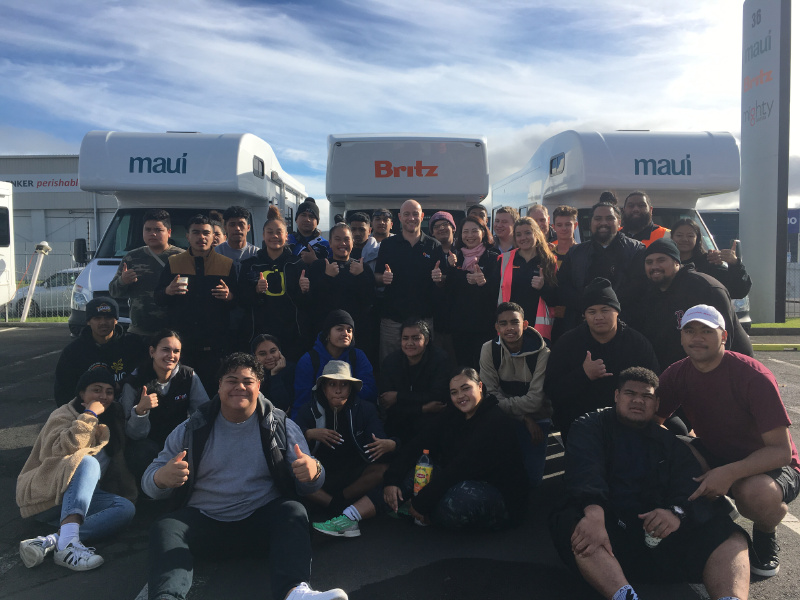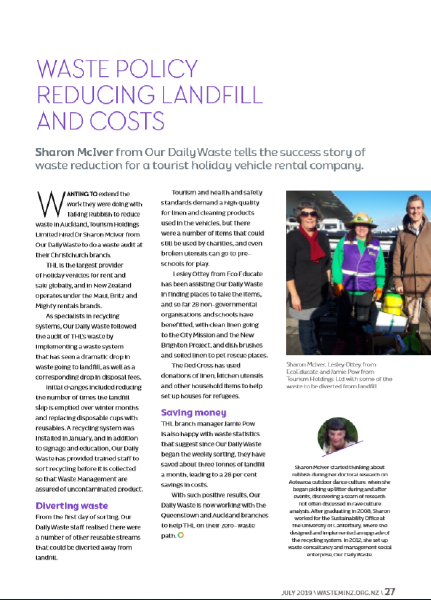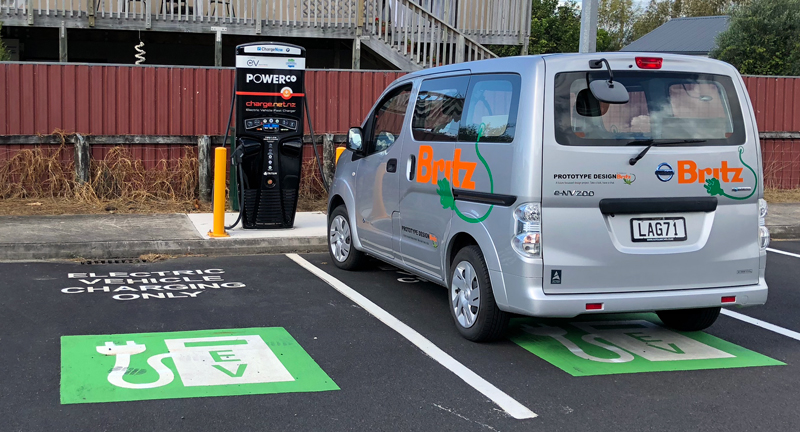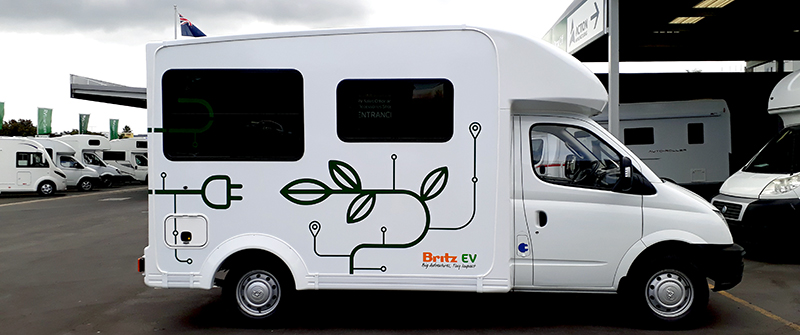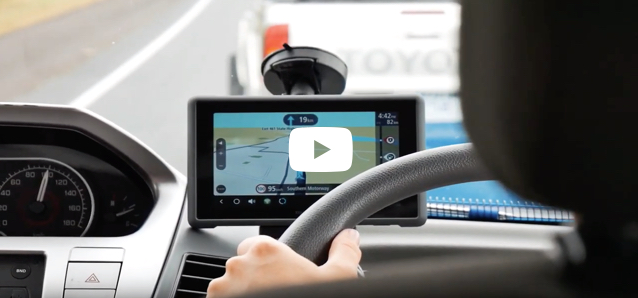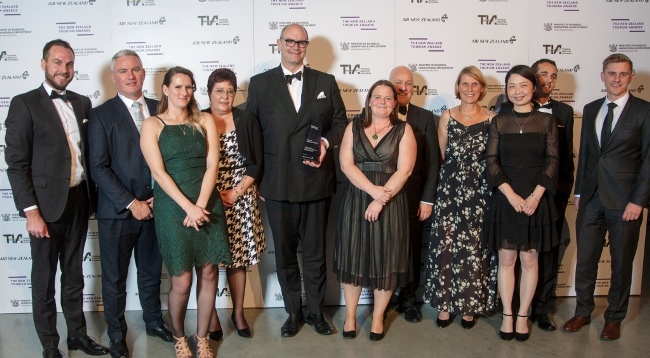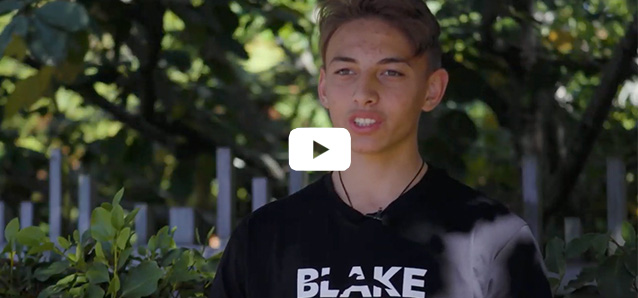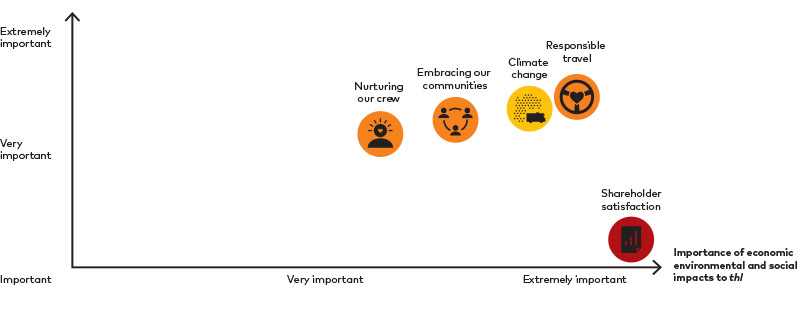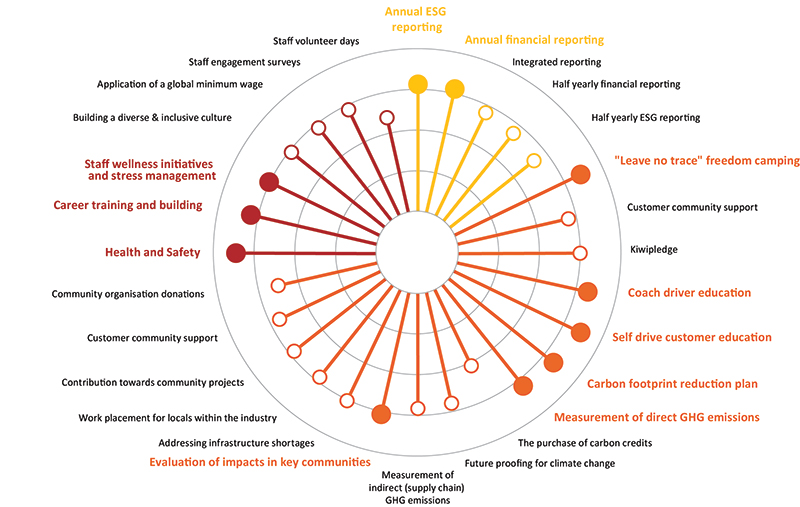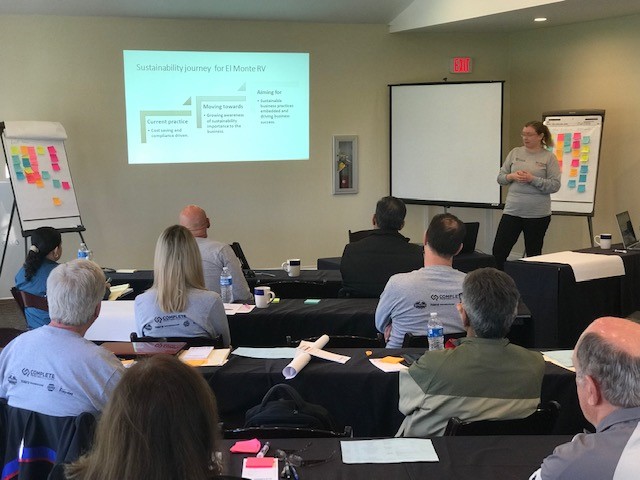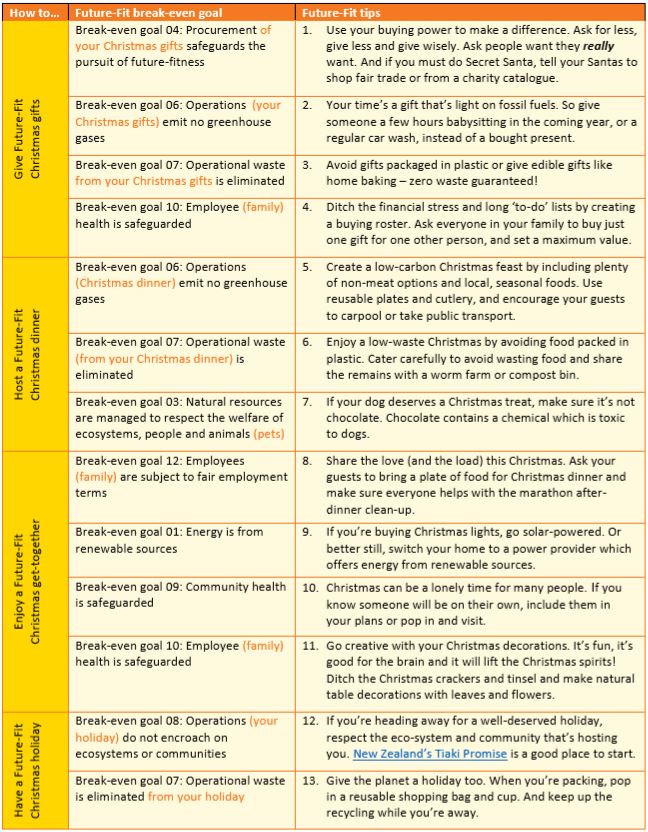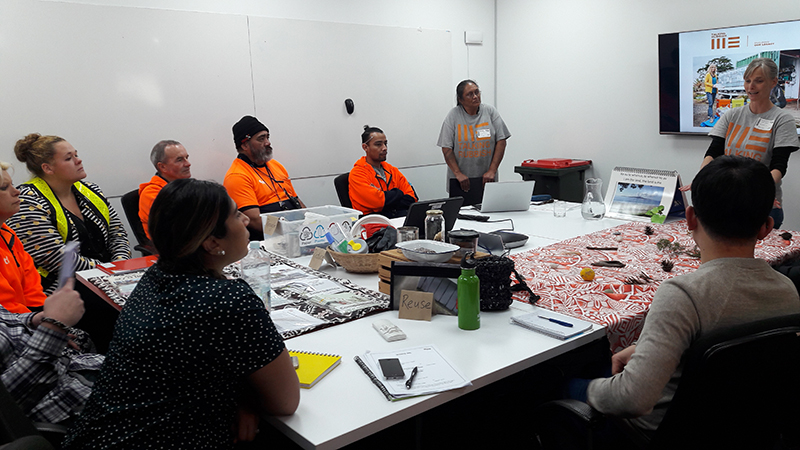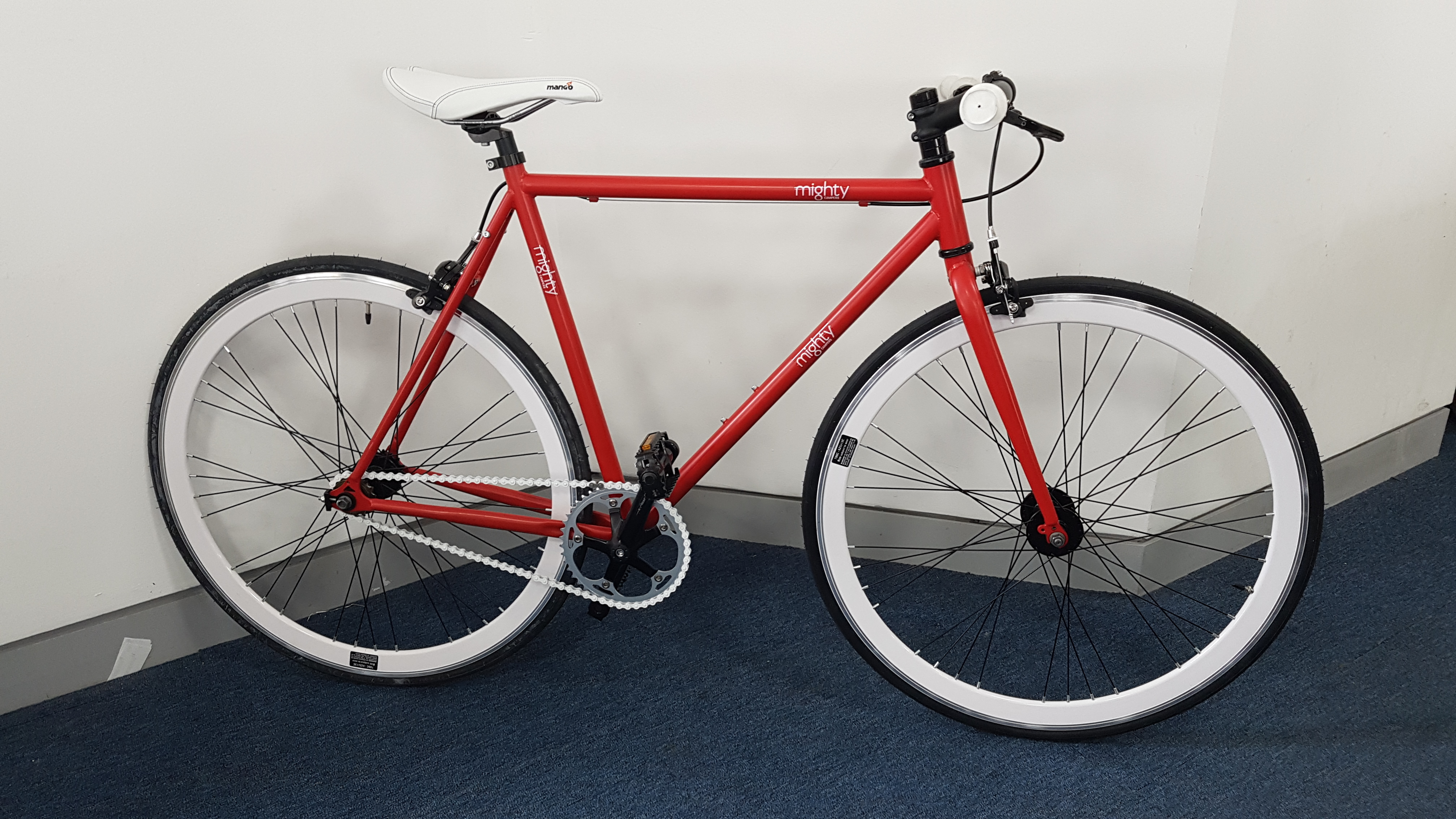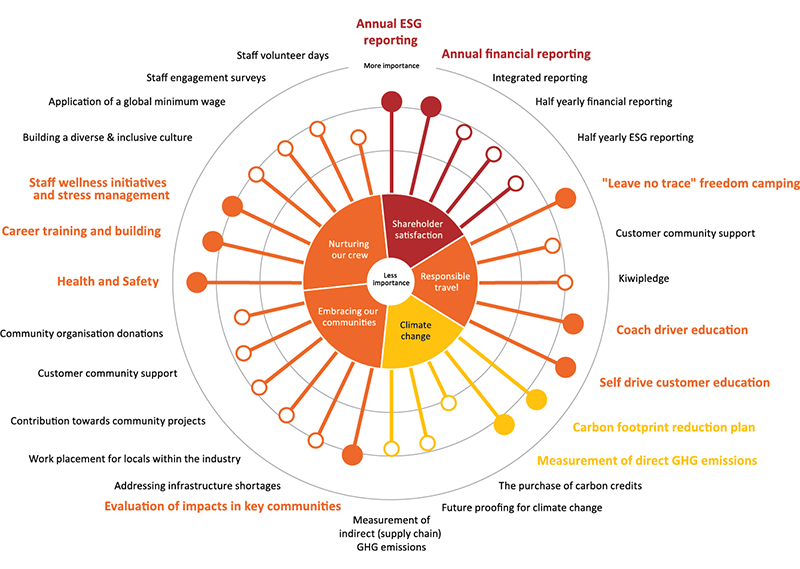Setting up your Future-Fit team
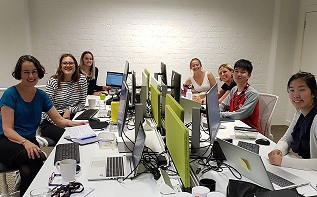
Your travel buddies can make or break a journey – and your Future-Fit Roadtrip too. To navigate the road (and bumps) ahead, you’ll need to choose your team carefully.
Here we share our tips for building the ‘dream team’ for the first stage of your Future-Fit Roadtrip: assessing your future-fitness. We answer these questions:
1. How many people do you need?
2. Where should they come from?
3. Who should they be?
How many people do you need?
That depends on your business. Some things are fixed: there are 23 break-even goals to analyse (and you need to do them all).
Other things will vary. You’ll need to consider:
- how (and where) you run your business. At thl, our fully-owned operations cover 11 brands and we operate in 43 locations in three countries.
- where you are on your ‘sustainability journey’. If, like thl, you’ve touched on most of the goals in your work to date, you’ll have reasonable access to the data you need. If you’re new to sustainability, allow more time (and arms and legs) to find it.
- when you can access the data. At thl, we wouldn’t dream of approaching our operations teams in peak season or our finance team in the run-up to year-end!
The Future-Fit Health Check offers a reasonably quick way to scope the work involved so you can estimate the size of the team.
Where should your Future-Fit team come from?
Co-opting members from the business onto your team is a good way to build Future-Fit champions and get access to the data you need. But it comes at a high price – taking people away from their day jobs.
So at thl, where our crew are busy 24/7/365, we’ve set up a dedicated Future-Fit Project Team to work alongside the business. It’s the best way for us to make progress without swamping our colleagues and creating ‘Future-Fit fatigue’.
Who should you have in your Future-Fit team?
With limited similar companies experienced in using the Future-Fit tools, we’ve had to forge new ground. So we started with the end in mind – creating a Future-Fit Business and a Future-Fit Society. Here are our tips.
1. Involve your existing sustainability team
Chances are you’re already doing some good work in the ‘sustainability’ area. Make your sustainability team core members of your Future-Fit team so they can share their knowledge, skills and networks.
2. Build a diverse team
A Future-Fit Society envisages a world that’s ‘socially just and economically inclusive’. Your Future-Fit team needs to be these things too.
Here’s a snapshot of our thl Future-Fit team:
- Early 20s to mid-50s, female and male
- From New Zealand, China, USA, The Netherlands
- Living the urban life (Los Angeles) and the rural too (a farm in New Zealand’s deep south)
- Expertise in engineering, accountancy, tourism, commerce, law, communications, sustainability, economics and more
- A mixture of personalities, from ‘analytical drivers’ to ‘amiable expressives’
- From new-to-the-workforce to seasoned professional
- From new-to-thl to 10+ years with thl in a range of roles
- Too much combined life experience to list here!
3. Bring the future in – and create some Future-Fit evangelists
Get young people involved in your assessments. They’ll live in the Future-Fit Society you’re creating, and will be strong voices for change. At thl our Future-Fit team includes five paid full-time and part-time interns in their early to mid-20s.
Building a young team is also an opportunity to train future employees or to spread the Future-Fit word to other businesses if our crew move on one day.
4. Look for attitude and interest
Create a team of people who are curious and keen to learn – about your business, the challenges facing business, the planet and society, and the Future-Fit Business Benchmark.
They don’t need to have studied or worked in sustainability but they do need to be credible, with a personal interest in ‘doing the right thing’ environmentally and socially. (Simple test: have they invested in a reusable coffee cup?)
5. Bolster your people and data skills
Your analysts will be asking busy people to share their expertise so look for engaging personalities, good communication skills and (polite!) persistence.
As they’ll also be handling large amounts of data, some simple data management skills and a tolerance for ambiguity is a must: the issues we’re dealing with are complicated and not clear-cut.
6. Make engagement a priority
To become Future-Fit you’ll need to change how you run your business. Engaging your team, your customers, suppliers, industry, community (and possibly local and central government too) is essential to creating a Future-Fit Business and Future-Fit Society. Make sure there’s someone on your team responsible for and skilled in engagement.
